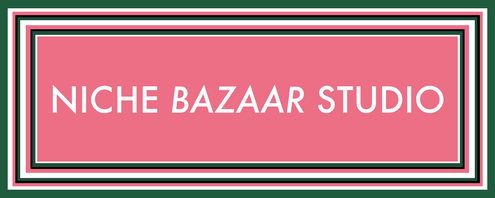Acetate is one of the most important materials in eyewear. With a vast majority of eyewear created today either being metal or acetate, it is an incredibly valuable material with many different facets.
What is Acetate?
When people mention acetate, they are typically talking about cellulose acetate. Cellulose acetate was initially created as a synthetic alternative to tortoiseshell. Tortoiseshell was used in eyewear manufacturing up until the late 1900s, causing certain breeds of tortoise to almost become extinct due to consumer desire for that tortoiseshell look.
Cellulose Acetate is a specific type of bioplastic. For Niche own brand glasses, we use Mazzucchelli acetate which makes biodegradable acetate and is strictly regulated for its environmental impact. Cellulose is often taken from coton, hemp, or wood. With cotton having the highest cellulose purity, it is the most popular source.
How is Acetate Made?
To make cellulose acetate, first you need to grow the cotton. Once the cotton is grown, it is collected and refined into purified acetate (cotton is 90% cellulose, but refinement is still needed for that final 10%).
Once the purified cellulose has been formed, it is mixed with acetic acid. This is what makes your cellulose acetate. At this point, it's beige semi-translucent colour and is akin to putty.
For adding colour to cellulose acetate, it's akin to folding taffy or rock candy before being hardened. The colours are either kneaded in by hand, or the acetate is repeatedly mixed with dye through rollers which fold the material in on itself.

Once you've got the colour you want, you pour your putty-like mix into a cast to create block acetate. Acetate is often cut from block, and then the frame fronts and temples are cut from the individual sheets created. Alternatively, the acetate block might be turned into tiny chips. This is so colours can be mixed, heated and then form a new blended acetate block.


Once you have your large blocks of acetate, they need to be cut into the correct thickness. Because of the manufacturing process, acetate sheets are often still malleable and flexible when being cut into the desired sheet thickness. This is what causes the sheets to curl.

Once you have your new acetate sheets, they need to be cured. This is done by hanging the sheets and keeping them at a consistent heat for days at a time.

Once the cured sheets of acetate are complete, they can be cut and carved into frame fronts and temples, soon ready to be worn by their new owner.
Why is Cellulose Acetate so Popular?
Cellulose acetate is popular for a number of reasons. It is lightweight, diverse in colour, easy to shape, and biodegradable (although the time taken to break down does vary depending on the type of cellulose used).
Cellulose acetate is also like (and primarily made of) cotton. It is a building block material that can be shaped, treated, and altered in a million different ways by designers. This allows eyewear designs themselves to be equally diverse and unique, making it popular with designers and manufacturers.
There is still a lot more to discuss when it comes to acetate, so look out for part 2 of this coming soon!
